Now travel restrictions are finally easing off, there’s never been a better time to visit Europe’s greatest galleries. Sightseers won’t be back en masse for a good while yet, I reckon. in the meantime, you’ll be able to wander round these places in comparative peace and quiet. I was back in Berlin last month, and it felt wonderful to stroll through tranquil museums that are usually so crowded. It made me impatient to return to other Continental capitals, and revisit some of the precious masterpieces I’ve grown to love. You’re bound to have your own favourites, but here’s my magnificent seven.
Amsterdam
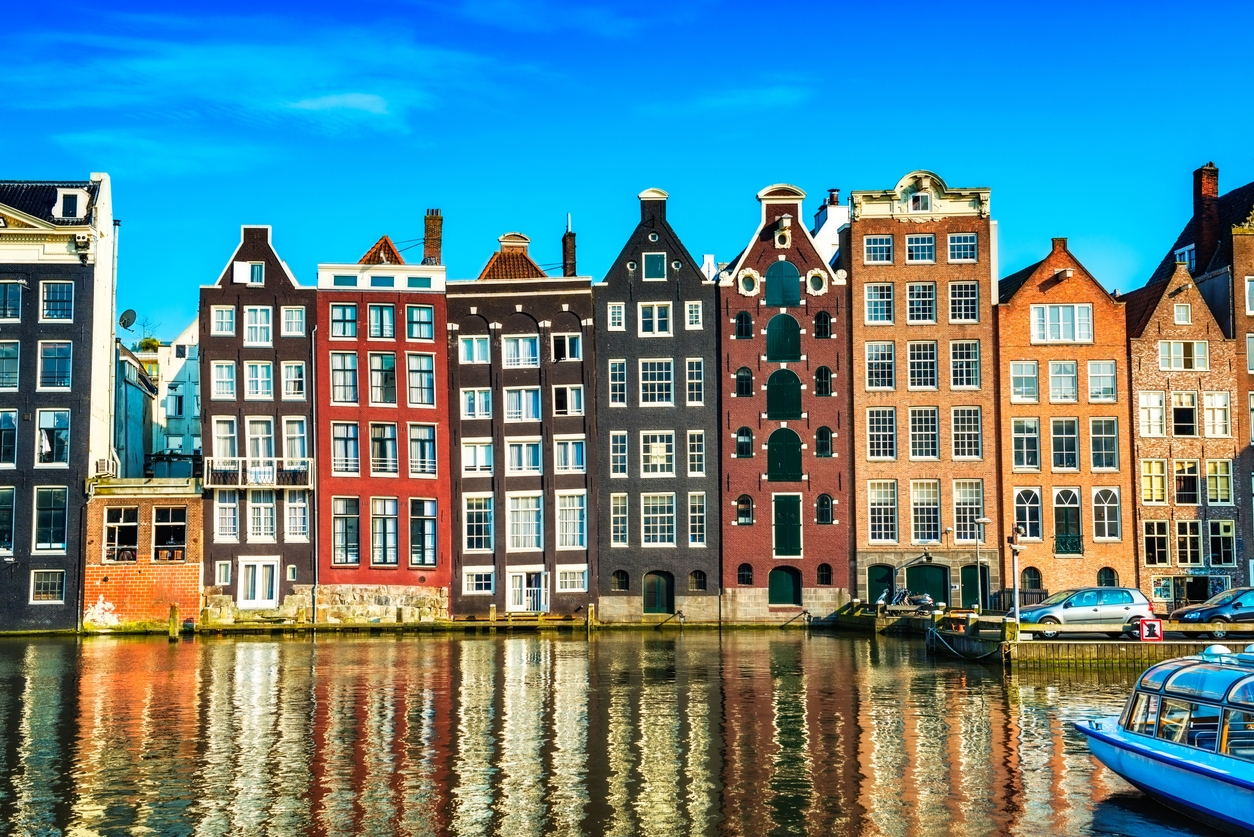
The Rijksmuseum is a must, but, as in all big galleries, it pays to be selective. Trying to see the whole thing in one go is a daft idea. You’ll merely end up exhausted, and rush past loads of tremendous artworks along the way. If it’s your first time here, I’d stick to the Rembrandts and the Vermeers. That way, you’ll really savour every painting. Don’t worry about missing out on all the other stuff. You’ll soon be back again. The Van Gogh Museum, a short walk away, across Museumplein, is another must-see. This modern museum houses the biggest Van Gogh collection in the world, but the best thing about it is the way it brings the personality of this unique artist to life.
Berlin
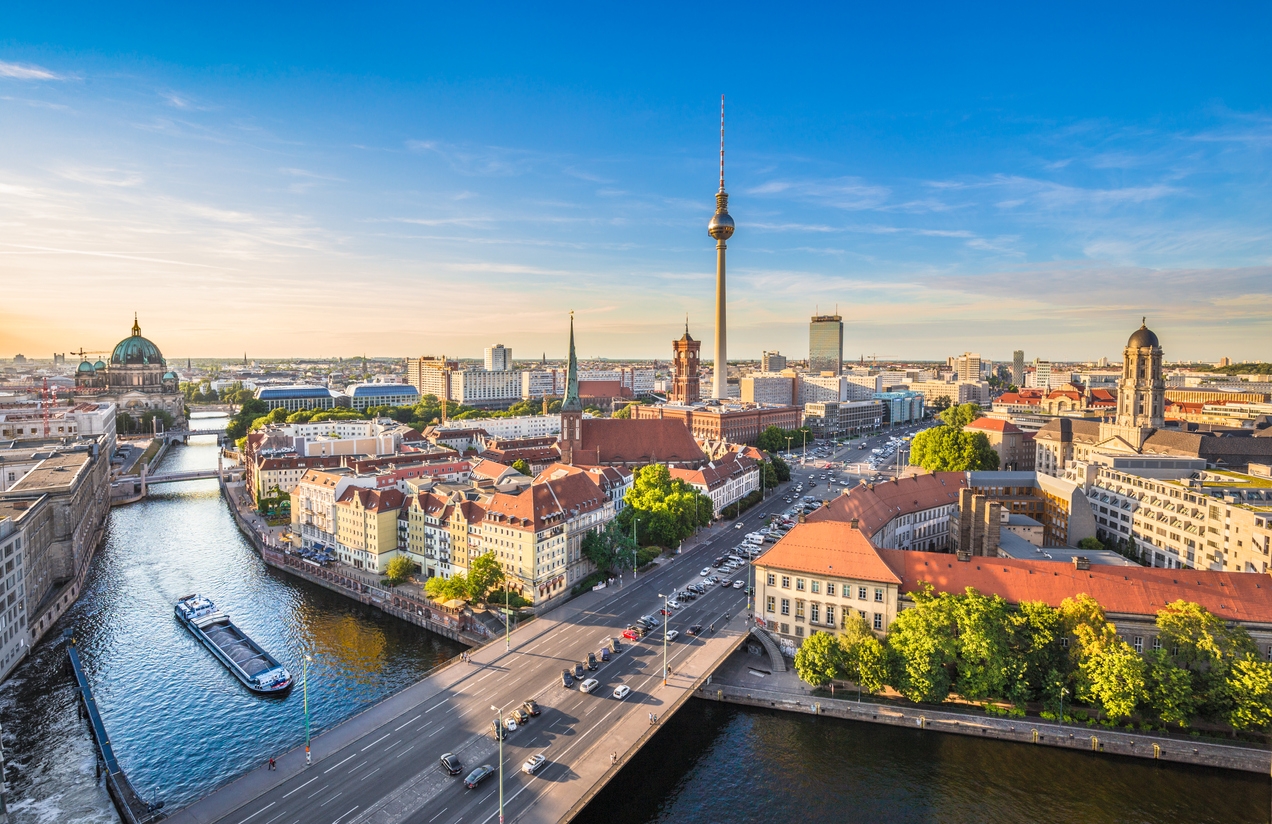
If you’ve never been to Berlin before, start your visit at Museum Island, in the historic centre of the city. Badly damaged during the Second World War and then shut off for forty years behind the Iron Curtain, this cluster of neo-classical galleries has been beautifully restored, a Herculean project masterminded by Britain’s finest architect, Sir David Chipperfield. You could easily spend an entire weekend here, but if you fancy a change of scene take a local train out to Potsdam, Berlin’s equivalent of Versailles. Here you’ll find the Museum Barberini, a reconstructed baroque palace which houses the art collection of German billionaire philanthropist Hasso Plattner – everything from Old Masters and Impressionists to East German social realism.
Bilbao
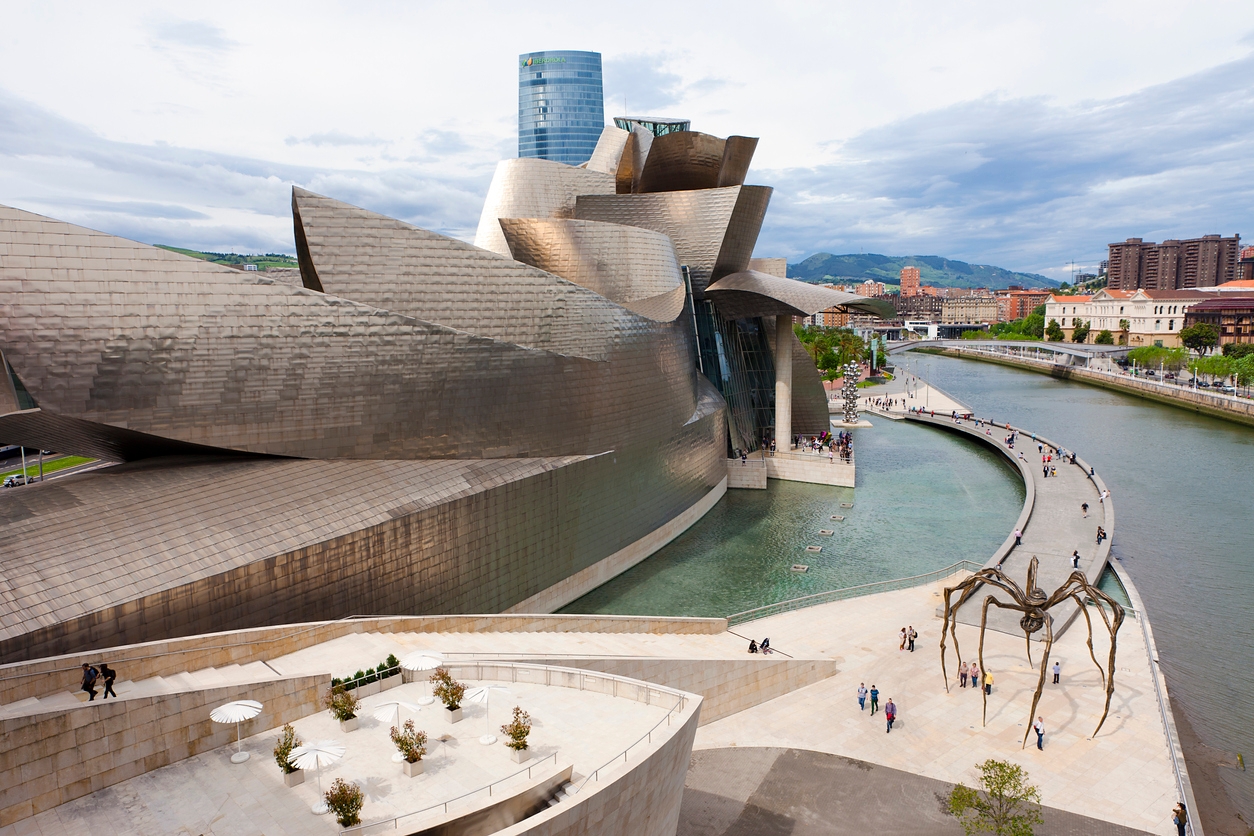
Has one museum ever had such a transformative effect upon an entire city? When Bilbao’s Guggenheim Museum opened, back in 1997, this gritty port was on its uppers. Its rustbelt industries were dying, and the region was riven by bloody conflict, as violent Basque separatists ETA waged war against the Spanish state. Surely the last thing Bilbao needed was an extravagant new art gallery? However Frank Gehry’s avant-garde building has been a spectacular success. An artwork in its own right, more like sculpture than architecture, it’s brought millions of visitors to Bilbao and the surrounding Basque country, acting as a creative catalyst for the city’s reinvention as a hi-tech hub.
Brussels
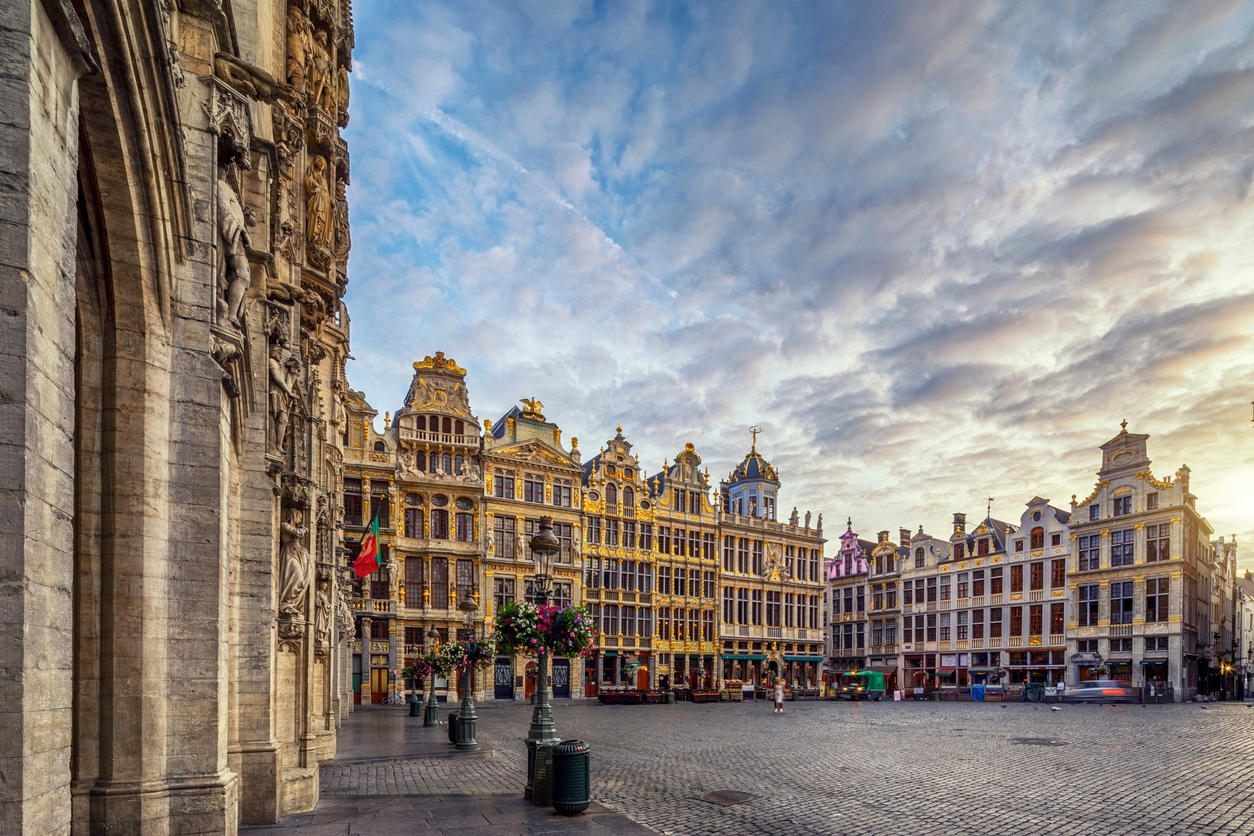
Only two hours away by train from London, Brussels is an ideal destination for an arty weekend. With three superb galleries on the same street, it’s the perfect getaway if you don’t want to trek around town, or don’t have much time to spare. The Old Masters Museum boasts a marvellous array of Flemish painters, from Bosch and Bruegel to Rubens and van Dyck. Next door is the stylish Fin de Siècle Museum, with dreamlike paintings by Belgian symbolists like James Ensor and Leon Spillaert. Just down the road is the Magritte Museum, an atmospheric homage to the brilliant Belgian surrealist, who lived in a modest terraced house in a humdrum suburb of Brussels, where he produced some of the most arresting images of the modern age.
Madrid

If you’re ever in the Spanish capital and you’re even remotely interested in fine art, you really mustn’t miss the Prado. Nothing can prepare you for the intensity of seeing these priceless pictures up close and personal. Seeing them online is no substitute. It’s like the difference between listening to music on the radio and seeing the band play live. Naturally, it’s impossible to see all the Prado’s treasures in a single outing. My tip, for what it’s worth, is to confine your first visit to the Spanish masters: El Greco, Ribera, Sorolla – and, above all, The Third of May by Goya and Las Meninas by Velazquez, two of the most astounding paintings in the history of European Art.
Paris
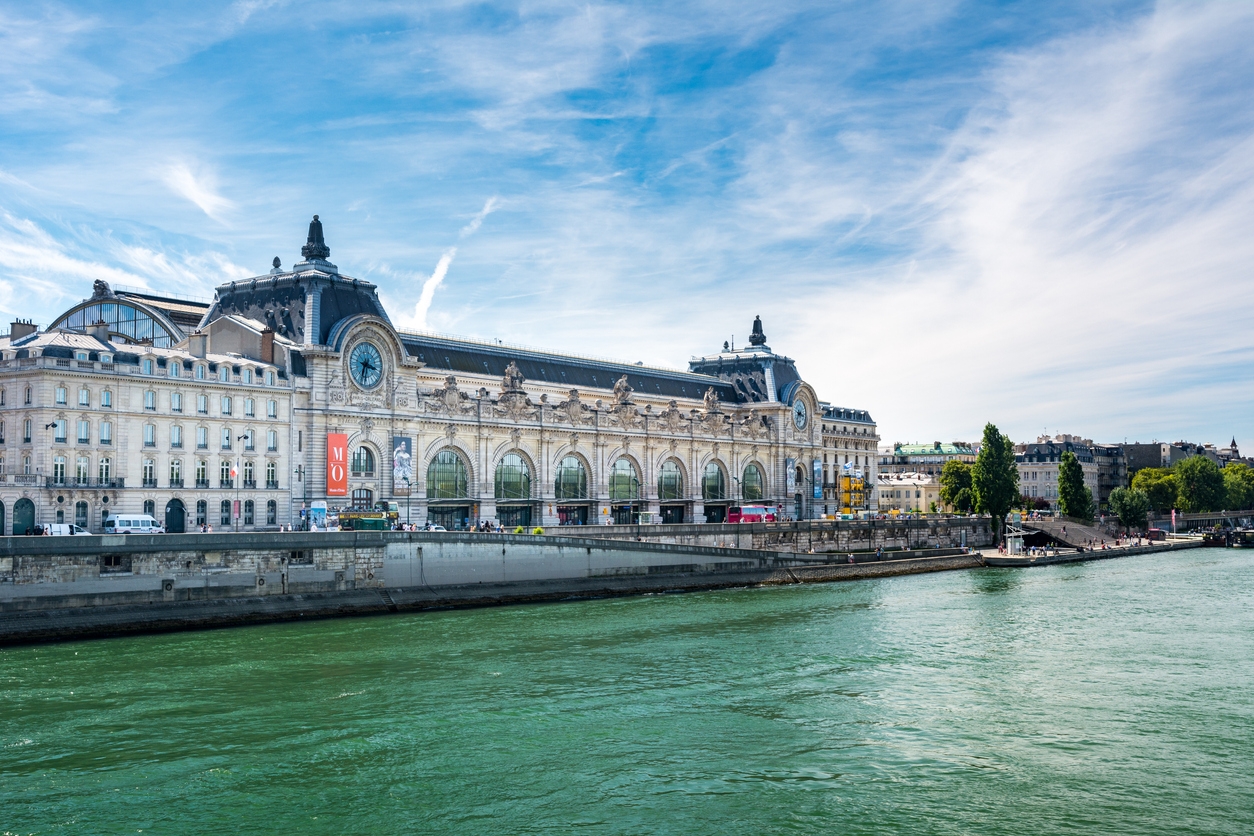
Of course you shouldn’t miss the Louvre, but I’d skip the Mona Lisa. Invariably surrounded by camera-clicking tourists, it’s the only masterpiece I’ve ever seen which actually seems less impressive face to face. Personally, I far prefer the Musée d’Orsay, a Belle Epoque railway station converted into a gallery in 1986. It’s smaller and more intimate, and the permanent collection includes some of the best Impressionist and Post-Impressionist pictures in the world, from Monet to Toulouse-Lautrec. Afterwards, be sure to stop off at the Musée Rodin, a rococo palace where the French sculptor had a studio. The building is delightful, the sculptures are sublime, and the museum’s romantic ornamental garden is a popular rendezvous for courting couples. I once saw two young lovers snogging there, around the corner from The Kiss.
Vienna
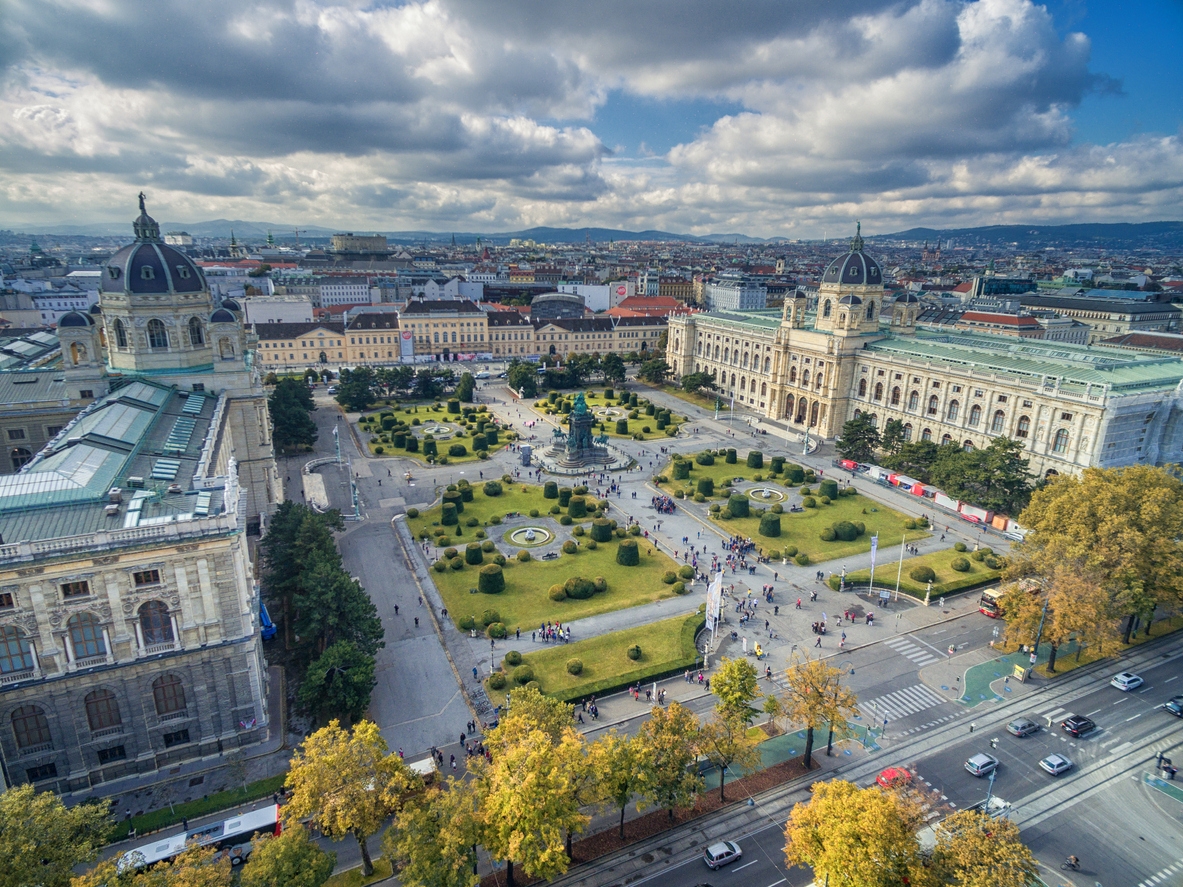
Visitors come to Vienna for the imperial pomp, the Habsburg palaces and monuments, but the Austrian capital is also a dynamic centre of fine art. The Kunsthistorisches Museum is the go-to gallery, with its unrivalled collection of Old Masters: Raphael’s Madonna of the Meadow, Bruegel’s Tower of Babel and Caravaggio’s Madonna of the Rosary are among their greatest hits. However my favourite Viennese site is the Museumsquartier, formerly the royal stables, now a lively cultural quarter, Vienna’s answer to London’s South Bank. Pick of the bunch is the Leopold Museum, which houses a stunning collection of modernist Austrian artists like Oskar Kokoschka and Egon Schiele. Born in 1890, Schiele died of Spanish Flu in 1918, aged just 28. Kokoschka was born four years earlier, in 1886, yet lived on until 1980. If Schiele had lived as long, who knows what else he might have done.

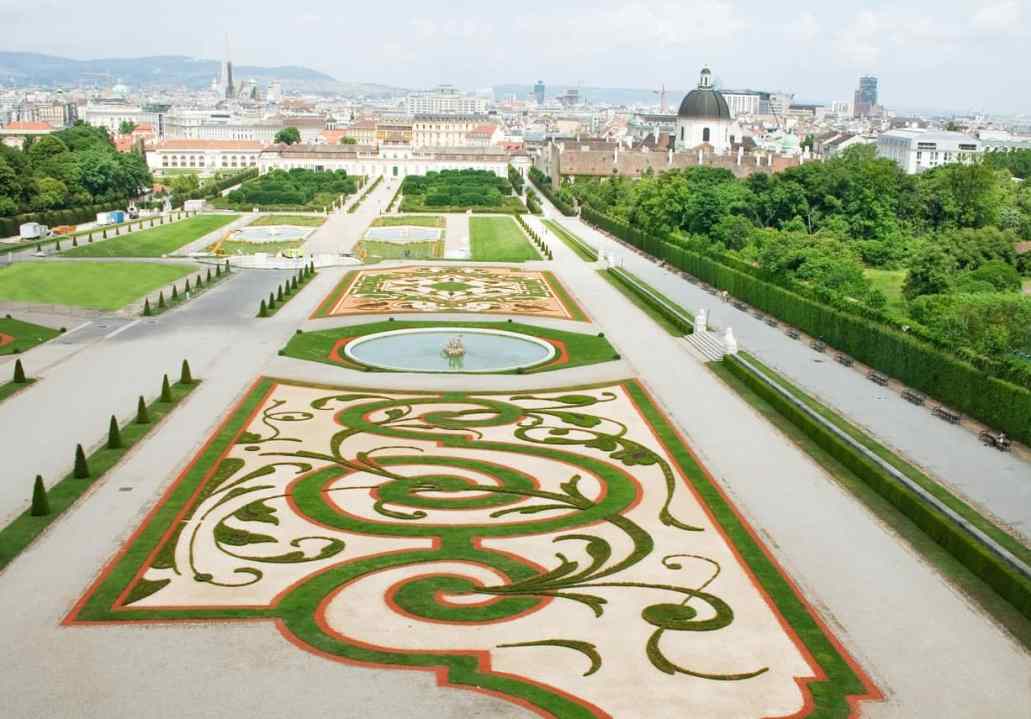





Comments